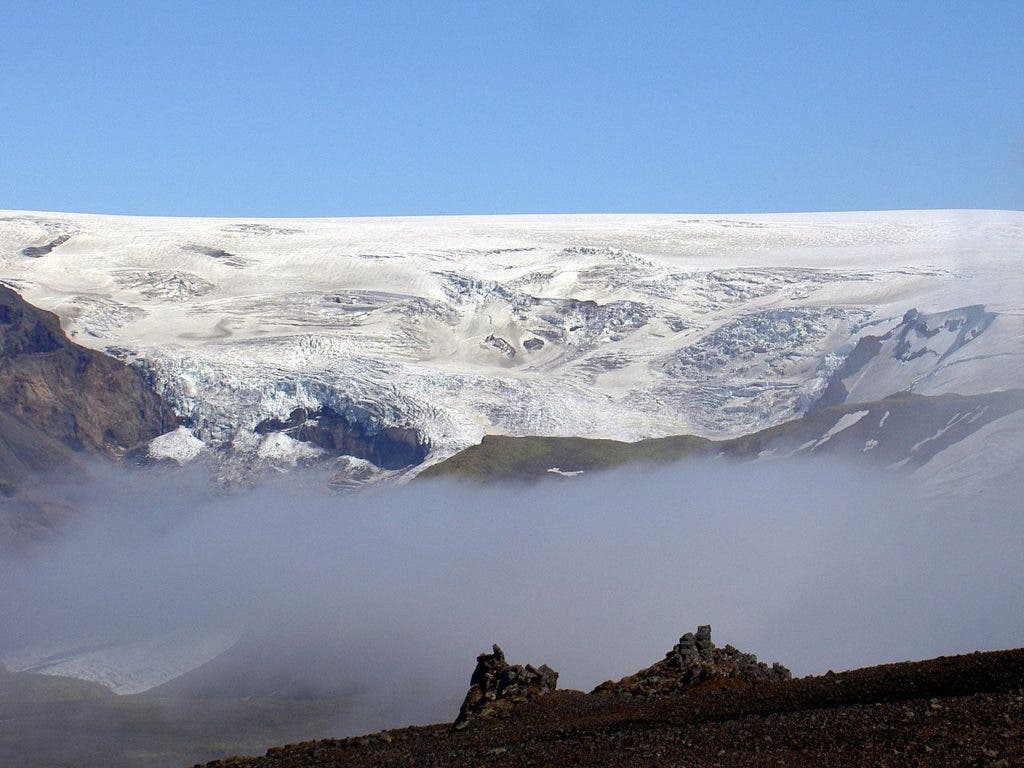After two large earthquakes with magnitudes over 4, the Katla volcano in Iceland seems set to erupt.

Iceland’s Meteorological Office said that two unusually large earthquakes struck the crater of Katla, causing at least ten aftershocks. There were no reports of injuries or even property damage, but this could be a warning sign that something big is about to happen at the volcano.
Named after an evil troll, Katla is very active. Over twenty eruptions have been recorded between 930 and 1918, at intervals of 13–95 years. Recently, small eruptions took place in 1999 and 2011, but none of them were strong enough to break the ice covering the caldera.
Remember Eyjafjallajökull? Meet his big sister Katla. She is experiencing volcanic PMS at the moment. pic.twitter.com/74pUdpF3cS
— Yrsa Sigurdardottir (@YrsaSig) August 29, 2016
The last big eruption was in 1918 when the volcano spewed ash for several weeks. This seems to indicate that the volcano is overdue for an eruption as it is, but there are no clear signs of when this is going to happen. Geophysicist Gunnar Gudmundsson said the situation around the volcano is “a little bit unusual” but argued against panic.
“People have been waiting for an eruption for 50 years,” Gudmundsson said. “But there is no sign of an eruption.”
[panel style=”panel-success” title=”Katla at a glance” footer=””]- large volcano in southern Iceland, very active
– has a diameter of 10 km (6.2 mi) and is covered with 200–700 metres (660–2,300 ft) of ice
– twenty eruptions between 930 and 1918, last big one in 1918
– seems overdue for an eruption[/panel]
While Iceland’s Met Office did raise the alarm level, it too said that no clear signs indicate an impending eruption.
“It is quite a dynamic situation now, in the next hours and days following this, but as we speak at the moment we do not see any signs that there is an imminent hazardous unrest about to happen,” Matthew Roberts from the Icelandic Met Office said.
The last major volcanic eruption in Iceland was in 2010 when Eyjafjallajokull volcano erupted, spitting out an enormous cloud of ash and canceling over 100,000 flights. Iceland is one of the most volcanically active countries in the world. The reason for this is twofold: first, it’s due to its location on the mid-Atlantic Ridge, a divergent tectonic plate boundary, and second, due to its location over a hotspot.


